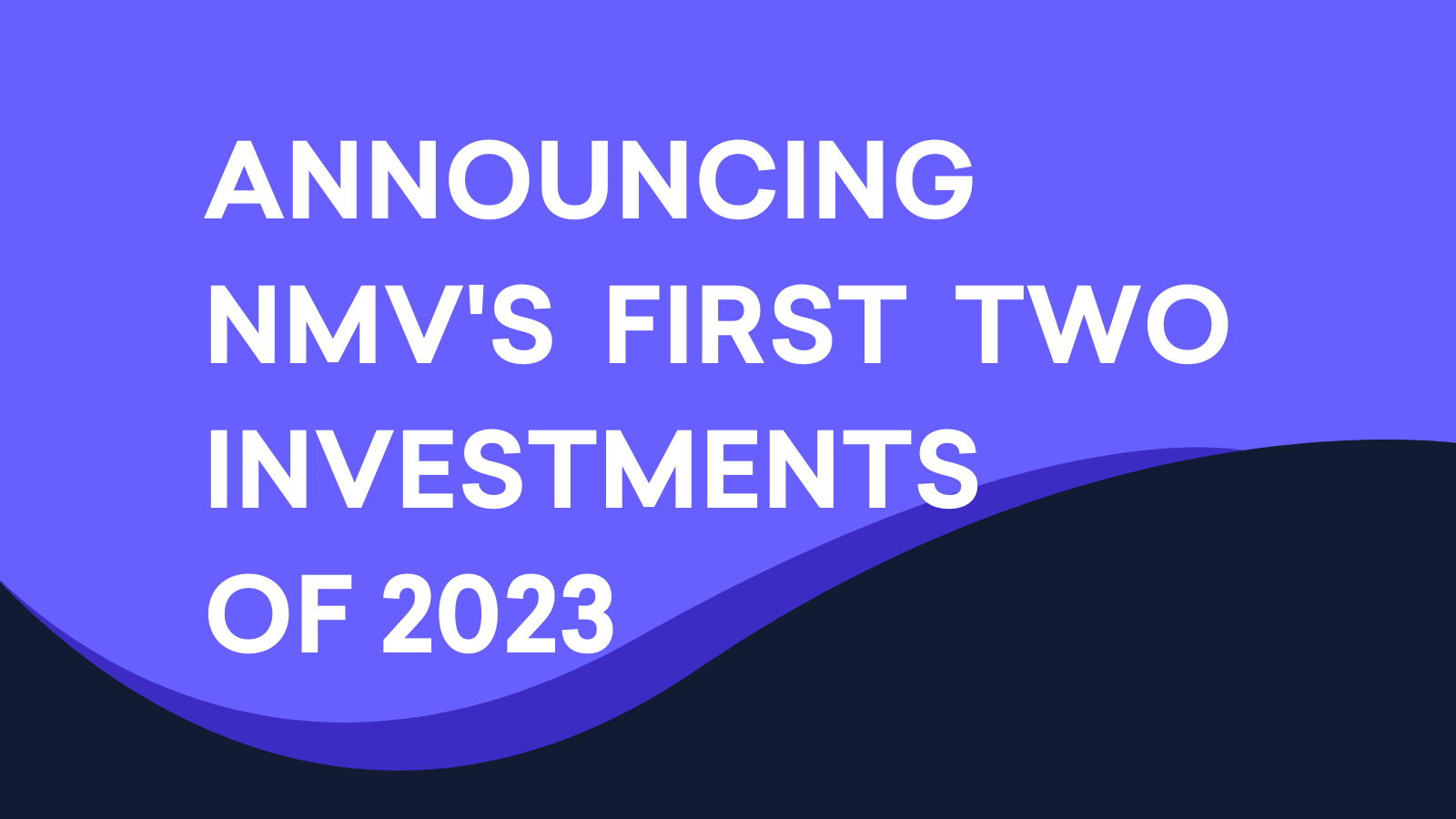A Media Crisis? Or A Media Opportunity?
Published
In the categories:
- For Investors
)-(2).jpg)
Media is still a good investment - there, we said it. And we believe it. Even with all of the market volatility, there are some upsides for which progressives are well-positioned to take advantage. If we pull back now out of caution, we will miss a once-in-a-generation opportunity to build a formidable progressive media ecosystem that works for the American people.
It’s no secret that the progressive media infrastructure is underdeveloped. Collectively, the institutional left rents media instead of owning it. The consequences of that choice includes robust overspending, loss of public trust, limited reach, and an inability to scale anti-disinformation tactics. Without proper media infrastructure, we’re working 2x and 3x harder to get our message out, but strategic investment can change that.
We get it, the daily headlines of media bankruptcy, strikes, and layoffs are enough to make any investor squeamish. But the shake-up happening now will eventually be resolved with innovation and progressives need to be on the winning side of that industry shift. Understanding what’s happening and the upsides of change allow us to leverage the chaos to our collective advantage.
What’s happening across the broad media landscape
Local news is on life support. Though vital to democracy, the profit models no longer work and local papers are shuttering at a rate of two per week. The financial challenges to rebuilding include finding a path for sustainability, catalyzing local investment, and redirecting public funding without compromising press independence.
Streaming wars are a thing. TV viewership is tanking and baiting legacy tv networks into launching streaming platforms they can’t afford, in an over-crowded market. While streaming is on the rise, subscribers are overwhelmingly favoring early adopters like Netflix and Hulu, niche platforms like KweliTV and Revry, and also ad-supported streaming like Freevee or Tubi. Legacy networks like CBS and Discovery with generalist programming can’t compete and are taking severe losses.
Social media and news media are at odds. Two things drive revenue in the news industry: ads and traction. Tech companies like Google, Meta, and ByteDance are now taking the lion’s share of the digital ad business and are also blocking access to social traffic for news outlets. Just this month, Meta decided to block all news on Facebook and Instagram in Canada rather than pay publishers for their news content. This hostility is a prime contributor to the record-breaking newsroom layoffs and closures seen in 2023.
Workers aren’t working. Content creators are recognizing the value of their labor and striking until their demands for greater profit share are met. You also have a news industry reeling from bankruptcy and layoffs. All of these sidelined professionals mean media companies are not generating revenue and that the revenue models are outdated.
Blood in the water also means opportunity. These are meaty, industry-shifting problems that will usher us into a new age of media that won’t look the same 5-10 years from now.
Upsides of media turmoil
Media valuations are normalizing. Media valuations have been over-inflated for quite some time. Not just since Elon Musk overpaid for Twitter, but all the way back into the early 2000s when MySpace was acquired for $580M before being resold six years later for just $35M. The current market is bringing valuations back to center, making it an ideal environment for investment and mergers & acquisitions, particularly at prices progressives and impact-minded investors can afford.
Forced innovation. This unprecedented confluence of factors means that the media sectors will have to innovate or die. The problems of local and national media/entertainment are not that far apart – outdated revenue models, talent retention, and financial stability detached from user growth. Corporations have the resources to back, test, and iterate on new models; and as they do, that ingenuity can be applied in various subsectors including local markets and independent media. But we don’t have to just be bystanders. Startups have a unique advantage because founders are building relevant, community-centric platforms and with a much deeper understanding of a future-forward media landscape. They’re just waiting for investment.
Traffic is migrating to where we’re already investing. The greatest uptick in user migration is in cultural media and niche properties – the type of media that NMV has been growing over the last decade. Streaming, newsletters, podcasts, indie journalism and more are flourishing as people search for real community. These community and niche sites are attracting subscribers year over year and with more diversified revenue streams than the generation of media before them. As a bonus, they’re also building real power within the communities they target; power that can be mobilized for societal gains.
Taking Advantage
Progressive organizations like New Media Ventures, Accelerate Change, New_Public, Equis, and others are already investing in media assets at multiple stages of the pipeline using venture philanthropy and venture capital models. To take advantage of this moment, those groups need inflows of capital to support the work they’re already doing and to make smart investments that re-establishes public benefit as the highest priority.
The 2022 midterms advertising spend reached $7.8B across TV, radio, and digital. Redirecting just a fraction of that to seeding early-stage ventures and acquiring strategic properties gives us platforms to build up that will expand our reach in significant ways while also reducing our ad spend over time.
So our advice: don’t get spooked by the terrain; there is plenty of opportunity for progressives to take advantage and come out ahead. Media as a whole isn’t dying or slowing down. It’s shifting to be more community-centric and sustainable, an area where our grassroots expertise can add tremendous benefit. Platforms, influencer networks, content production, distribution, new tools, place-based journalism – the space for media investment has never been more ripe for those that understand the value of people-power. If you’re reading this, we’re talking about you.

)-(2)-1679489258.png)